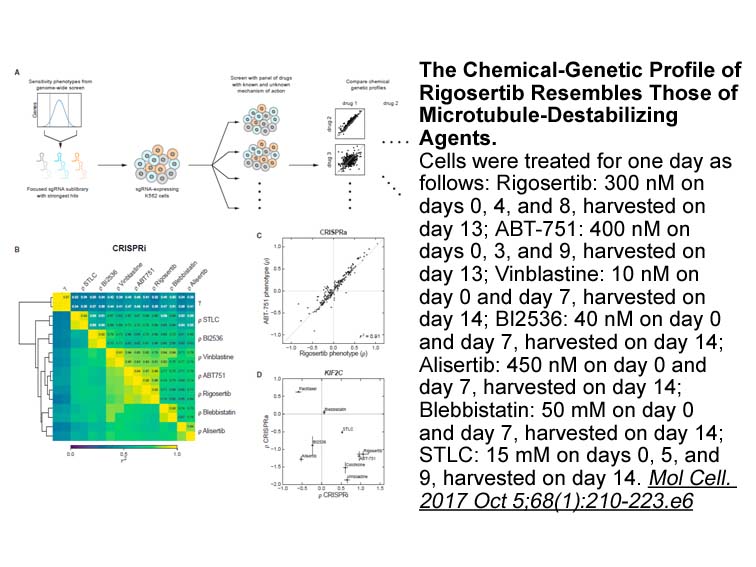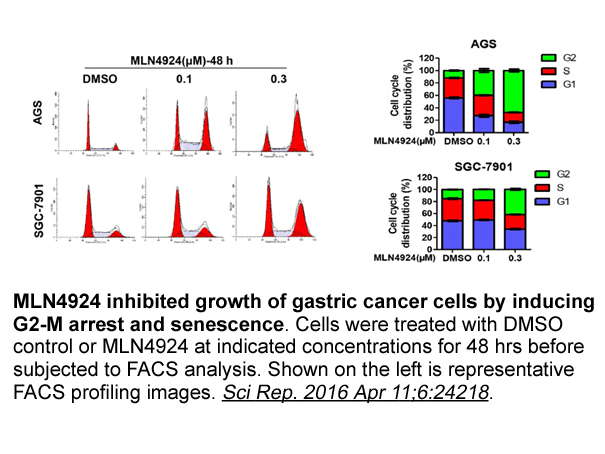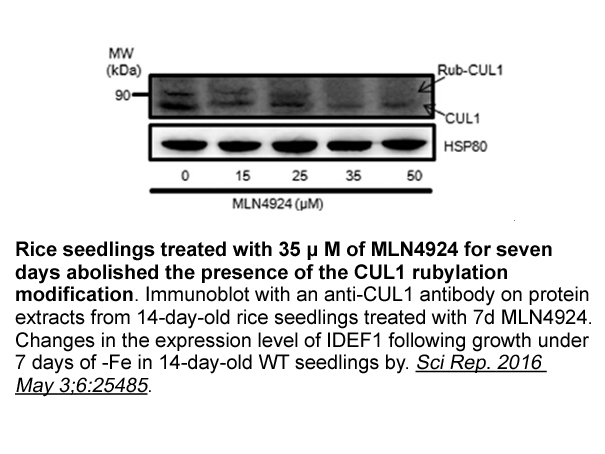Archives
- 2025-10
- 2025-09
- 2025-03
- 2025-02
- 2025-01
- 2024-12
- 2024-11
- 2024-10
- 2024-09
- 2024-08
- 2024-07
- 2024-06
- 2024-05
- 2024-04
- 2024-03
- 2024-02
- 2024-01
- 2023-12
- 2023-11
- 2023-10
- 2023-09
- 2023-08
- 2023-07
- 2023-06
- 2023-05
- 2023-04
- 2023-03
- 2023-02
- 2023-01
- 2022-12
- 2022-11
- 2022-10
- 2022-09
- 2022-08
- 2022-07
- 2022-06
- 2022-05
- 2022-04
- 2022-03
- 2022-02
- 2022-01
- 2021-12
- 2021-11
- 2021-10
- 2021-09
- 2021-08
- 2021-07
- 2021-06
- 2021-05
- 2021-04
- 2021-03
- 2021-02
- 2021-01
- 2020-12
- 2020-11
- 2020-10
- 2020-09
- 2020-08
- 2020-07
- 2020-06
- 2020-05
- 2020-04
- 2020-03
- 2020-02
- 2020-01
- 2019-12
- 2019-11
- 2019-10
- 2019-09
- 2019-08
- 2019-07
- 2019-06
- 2018-07
-
Trichostatin A (TSA): Precision HDAC Inhibition to Orches...
2025-10-04
This thought-leadership article investigates the strategic and mechanistic underpinnings of Trichostatin A (TSA) as a histone deacetylase (HDAC) inhibitor, spotlighting its transformative role in balancing self-renewal and differentiation within organoid models and cancer research. By integrating mechanistic insight, translational relevance, and strategic guidance, the article delineates how TSA empowers researchers to overcome challenges in epigenetic regulation and positions itself as a keystone for next-generation translational workflows.
-
IWP-2, Wnt Production Inhibitor: Applied Protocols & Trou...
2025-10-03
IWP-2, a potent small molecule Wnt pathway antagonist and PORCN inhibitor, empowers researchers to dissect and control Wnt/β-catenin signaling in cancer and neurodevelopmental studies. This guide delivers hands-on workflows, data-driven experimental tips, and advanced troubleshooting strategies to maximize reproducibility and biological insight, setting IWP-2 apart in the landscape of Wnt research tools.
-
Trichostatin A (TSA): Precision HDAC Inhibition for Organ...
2025-10-02
Explore the multifaceted role of Trichostatin A (TSA), a leading histone deacetylase inhibitor, in advancing epigenetic regulation and cancer research. This in-depth article uniquely examines TSA's impact on organoid systems and translational epigenetic therapy, offering scientific insights beyond conventional reviews.
-
Trichostatin A: HDAC Inhibitor for Epigenetic Research & ...
2025-10-01
Trichostatin A (TSA) stands out as a gold-standard HDAC inhibitor, driving breakthroughs in epigenetic regulation and precision cancer research. By enabling tunable control of cell fate in organoid and cancer models, TSA empowers researchers to dissect and manipulate the histone acetylation pathway with unmatched specificity and reproducibility.
-
IWP-2, PORCN Inhibitor: New Frontiers in Wnt Pathway Anta...
2025-09-30
Explore the advanced mechanistic roles of IWP-2, a potent Wnt production inhibitor and PORCN inhibitor, in cancer research and neurodevelopmental epigenetics. This article provides a distinctive, translational analysis of Wnt/β-catenin signaling inhibition and novel research applications.
-
Trichostatin A (TSA): Redefining HDAC Inhibition for Tran...
2025-09-29
Explore how Trichostatin A (TSA), a potent histone deacetylase inhibitor, is driving a paradigm shift in translational epigenetic therapy. Uncover advanced mechanistic insights, novel applications in cancer research, and strategic perspectives on organoid modeling using TSA.
-
Trichostatin A (TSA): Redefining HDAC Inhibition for Orga...
2025-09-28
Explore how Trichostatin A (TSA), a potent histone deacetylase inhibitor, empowers next-generation epigenetic research and organoid system optimization. Discover unique mechanistic insights and translational applications in cancer and stem cell biology.
-
Trichostatin A (TSA): Transforming Epigenetic Regulation ...
2025-09-27
Explore how Trichostatin A (TSA), a leading histone deacetylase inhibitor, is revolutionizing epigenetic regulation in cancer research and organoid models. This in-depth analysis reveals advanced mechanistic insights and distinct applications for TSA in balancing cellular differentiation and self-renewal.
-
Trichostatin A (TSA): Precision HDAC Inhibition for Stem ...
2025-09-26
Discover how Trichostatin A (TSA), a potent histone deacetylase inhibitor, enables advanced control over stem cell fate and cellular diversity in organoid and cancer research. This article uniquely explores TSA’s role in dynamic epigenetic regulation beyond conventional models, offering actionable insights for next-generation epigenetic therapy.
-
NHS-Biotin: Revolutionizing Intracellular Protein Enginee...
2025-09-25
Explore how NHS-Biotin, a leading amine-reactive biotinylation reagent, is driving a new era of intracellular protein engineering and multimerization. This article goes beyond existing guides to unveil the mechanistic, structural, and strategic frontiers that NHS-Biotin opens for advanced biochemical research.
-
TMCB(CK2 and ERK8 Inhibitor): Advanced Molecular Tool for...
2025-09-24
Discover how TMCB(CK2 and ERK8 inhibitor), a tetrabromo benzimidazole derivative, advances enzyme interaction and phase separation research. This article explores novel mechanistic insights and future applications of this DMSO soluble biochemical reagent for protein interaction studies.
-
Optimizing mRNA Delivery: Advances with EZ Cap EGFP mRNA ...
2025-09-23
Explore how EZ Cap EGFP mRNA 5-moUTP enhances mRNA stability, translation efficiency, and immune evasion for advanced gene expression and in vivo imaging studies. This article details the mechanistic benefits of capped mRNA with Cap 1 structure and 5-moUTP modification for rigorous research applications.
-
An alternative approach to the administration of ADO agonist
2025-03-03

An alternative approach to the administration of ADO agonists is to amplify the actions of endogenous ADO by inhibiting the ADO-metabolizing enzyme, ADO kinase (AK). Inhibition of AK has the net effect of potentiating the local concentration and the effects of ADO in the extracellular compartment. T
-
A combination of factors might however
2025-03-03

A combination of factors might, however, account for the low rate of success of drug development for neuropsychiatric disorders. First, in most neuropsychiatric disorders, the symptomatology is heterogeneous and the neurobiology remains poorly understood, making therapeutic targets difficult to iden
-
A weakness of our technique is that during
2025-03-03

A weakness of our technique is that during the early post-operative period without the scaffold of an enteric channel patients can be at risk for traumatic or difficult catheterization, with 3 of 6 requiring a visit. This appeared to be offset by having skilled and educated housestaff capable of rec